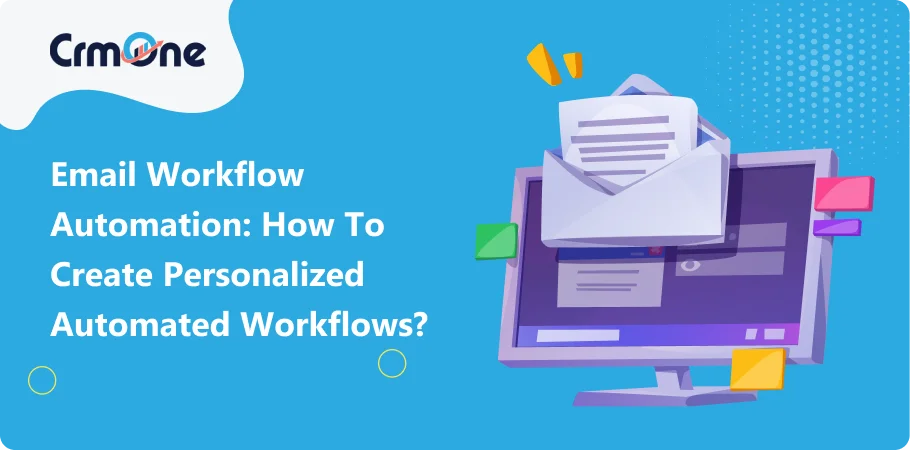Are you drowning in a sea of emails, struggling to keep up with the constant influx of messages? You’re not alone. Many of us find ourselves overwhelmed by the sheer volume of emails we receive every day. But fear not—there’s a solution: email automation workflow. In the following sections, we’ll dive deeper into the nuts and bolts of email marketing automation workflows, covering everything from choosing the right tools to designing personalized workflows that suit your unique needs.
First, let’s break down what email automation workflow means. It’s using technology to automate repetitive tasks and streamline your email communication. Instead of manually sorting through emails, drafting responses, and following up with contacts, automation tools can do it all for you, freeing up your time for more critical tasks.
But why is personalized automation essential? Well, think about it this way: nobody likes receiving generic, impersonal emails. Personalization Adding a human touch means making your communication feel more personal and friendly, and your recipients feel valued. You can create a more practical and engaging email experience by tailoring your automated workflow to each recipient.
You might think, “But isn’t setting up automated email marketing workflows complicated?” Not necessarily. While it may seem daunting initially, plenty of user-friendly tools and platforms simplify the process. In this blog, we’ll explore how you can streamline your email management process and customer retention and generate personalized automated email workflows to save time and boost productivity. So, if you’re ready to take control of your inbox and revolutionize your email management, keep reading!
What is Email Marketing Automation?
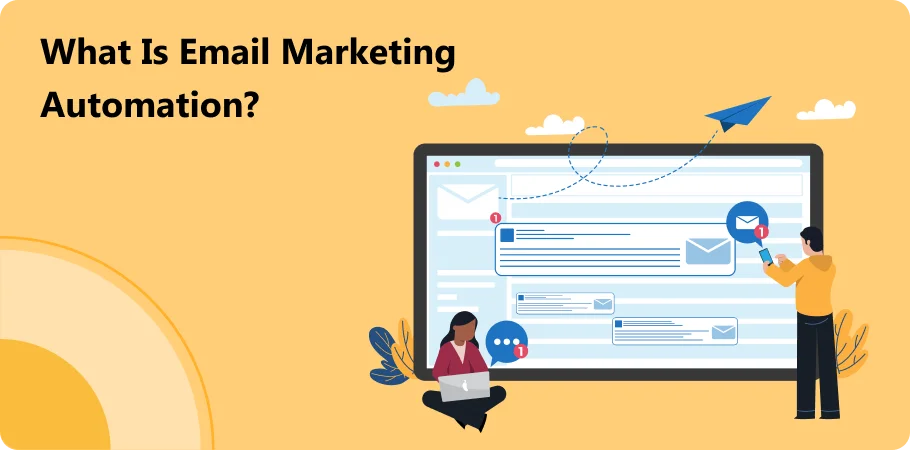
Email marketing automation uses specialized software or tools to automate various tasks within an email marketing strategy. These tasks typically include sending emails, managing subscriber lists, segmenting audiences, personalizing content, and analyzing campaign performance. Email automation streamlines and optimizes the entire email marketing process by removing the need for manual intervention in routine tasks. Instead, the automation software sets predefined triggers and actions to initiate specific actions based on user behavior or other criteria.
For example, an automated email workflow triggers an email welcoming a new subscriber immediately after they sign up for a newsletter or sends a follow-up email to one who left items in their online shopping cart. Overall, email marketing automation allows businesses to save time, improve efficiency, deliver more targeted and personalized messages, and ultimately drive better results from their email marketing efforts.
Email marketing automation Tools
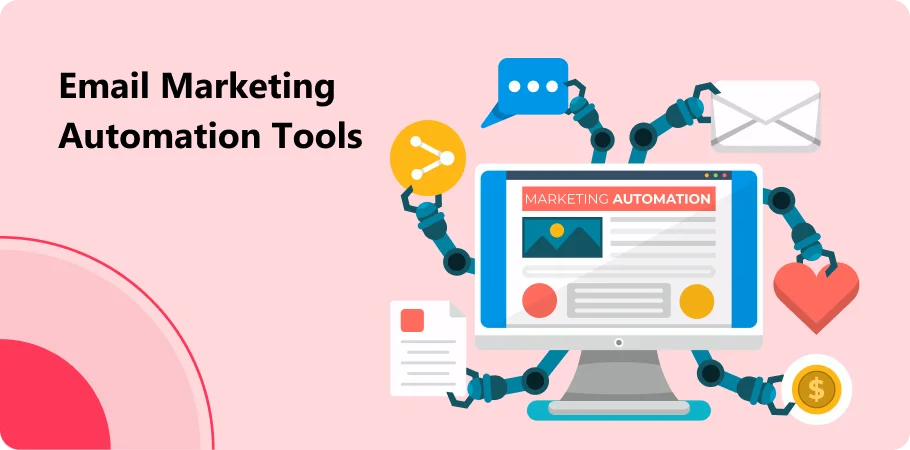
Email marketing automation software is vital in streamlining and optimizing email marketing efforts. These platforms empower businesses to automate various tasks and processes within their email marketing strategy, enhancing efficiency, personalization, and overall effectiveness. With email marketing automation tools, marketers can manage subscriber lists, send emails, segment audiences, personalize content, and analyze campaign performance.
By harnessing advanced features and functionalities like appropriate workflow builders, email templates, performance tracking, and integration capabilities, businesses can craft sophisticated email workflow tailored to their unique needs and objectives. Whether the aim is nurturing leads, retaining customers, or driving sales, email marketing tools offer capabilities to maximize results and achieve business success.
Email Marketing Tool is vital in managing and optimizing email campaigns, ensuring businesses can effectively engage with their public and achieve their marketing goals. Additionally, integrating components like sales funnel and targeted messaging further enhances the effectiveness of these workflows, guiding prospects through the purchasing journey with precision and relevance.
Incorporating Advanced Features
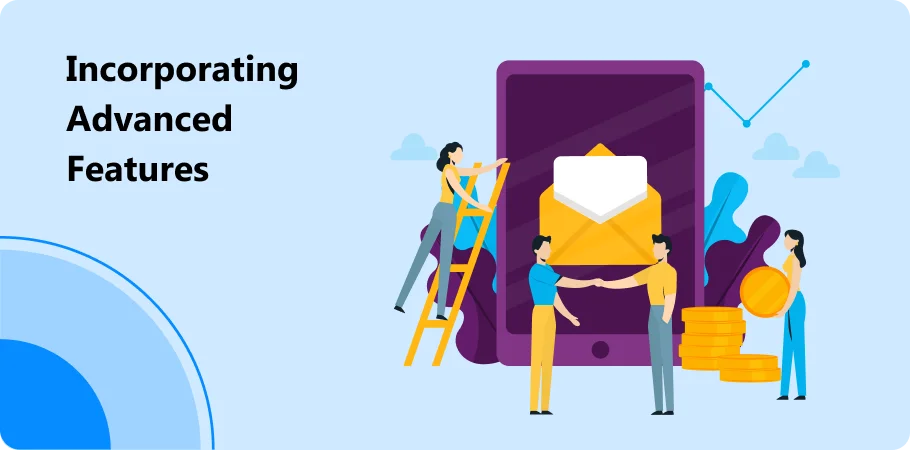
As companies learn more about automating, they discover many advanced features that can significantly enhance their marketing automation efforts. These features go beyond basic email scheduling and list management, offering sophisticated tools to streamline processes and drive better results. From advanced segmentation capabilities to powerful analytics tools, these features empower businesses to create more personalized campaigns that result in higher engagement and conversion rates.
Integrating CRM Systems for Seamless Automation
One of the most impactful ways to leverage advanced features is by integrating customer relationship management (CRM) systems. Businesses save time by connecting their email marketing platform with their CRM system. They can achieve seamless automation across the customer journey. This integration allows companies to track customer interactions better, have more accurate segmentation, and use personalized messaging based on customer information. Ultimately, it leads to more effective communication and stronger relationships with customers.
Harnessing Advanced Features for Enhanced Personalization
Advanced features also enable businesses to take personalization to the next level. From dynamic content insertion to behavior-based triggers, these features allow marketers to deliver highly relevant and tailored messages to each recipient. By harnessing data insights and automation, businesses can generate personalized experiences that resonate with their audience, driving higher engagement and loyalty.
Exploring Free Trial and Integration Options
When selecting an email marketing automation platform, businesses should take advantage of free trial offers to explore the platform’s capabilities firsthand. These trials allow businesses to test drive the platform and check its suitability for their needs before committing.
Additionally, companies should consider the integration options available, ensuring compatibility with existing systems and tools. By exploring free trial and CRM integration options, businesses can make decisions and choose the right automated workflow solution for their unique requirements, including lead nurturing and optimizing the sales process.
Benefits of Email Marketing Automation Workflow
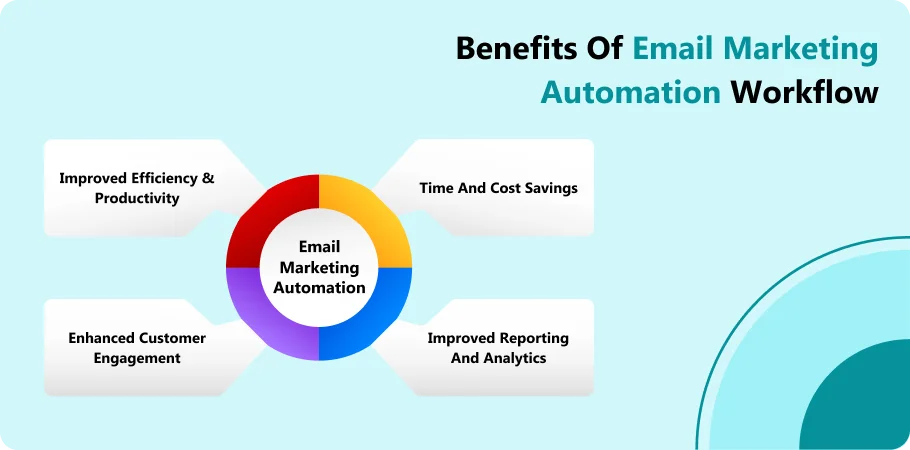
These benefits make email marketing automation workflows indispensable for marketing teams looking to optimize their strategies and achieve better results. By embracing automation technology, businesses can streamline their email marketing processes, drive engagement, and achieve their marketing objectives more efficiently and effectively.
- Saves Time: Automation takes care of repetitive tasks like sending emails or organizing contacts so the marketing team can spend their time on more important things. It allows marketers to focus on strategy development, creative content creation, and nurturing customer relationships rather than getting bogged down by manual tasks.
- Boosts Efficiency: With marketing workflow automation, everything runs smoothly without hiccups, making marketing processes faster and more efficient. Tasks that once required manual intervention, such as scheduling email campaigns or segmenting subscriber lists, can now be Automatic, freeing up time and resources for other initiatives.
- Improves Personalization: Marketing strategies leverage automation to help personalize emails by adding details like names or interests, making them feel more personal to recipients. By harnessing customer data and behavior insights, marketers can create highly focused and relevant email campaigns that relate to their public, leading to higher engagement and conversion rates.
- Ensures Consistency: Workflows ensure that every email follows the same format and tone, maintaining consistency in communication. This consistency helps reinforce brand identity and messaging, fostering trust and familiarity with subscribers over time.
- Increases Engagement: Personalized and timely emails lead to higher recipient engagement, driving better results for email marketing campaigns. Automation allows promoters to send emails at the optimal time for each recipient, increasing the likelihood of opens, clicks, and conversions.
- Provides Insights: Email marketing automation platforms track important metrics like open and click-through rates, giving marketers valuable insights into campaign performance. Marketers can identify trends, optimize strategies by analyzing these metrics, and continually make data-driven decisions to improve results.
- Enhances Scalability: As businesses grow, email marketing tools with automation capabilities can easily handle larger volumes of emails and contacts, scaling up efforts without sacrificing quality. This scalability is essential for accommodating business expansion and reaching a broader audience effectively.
Book a CrmOne Demo
Experience the CrmOne simplicity and power. Our experts will show you the best ways to use it and answer your questions in real time. See how CRMOne fits your needs.
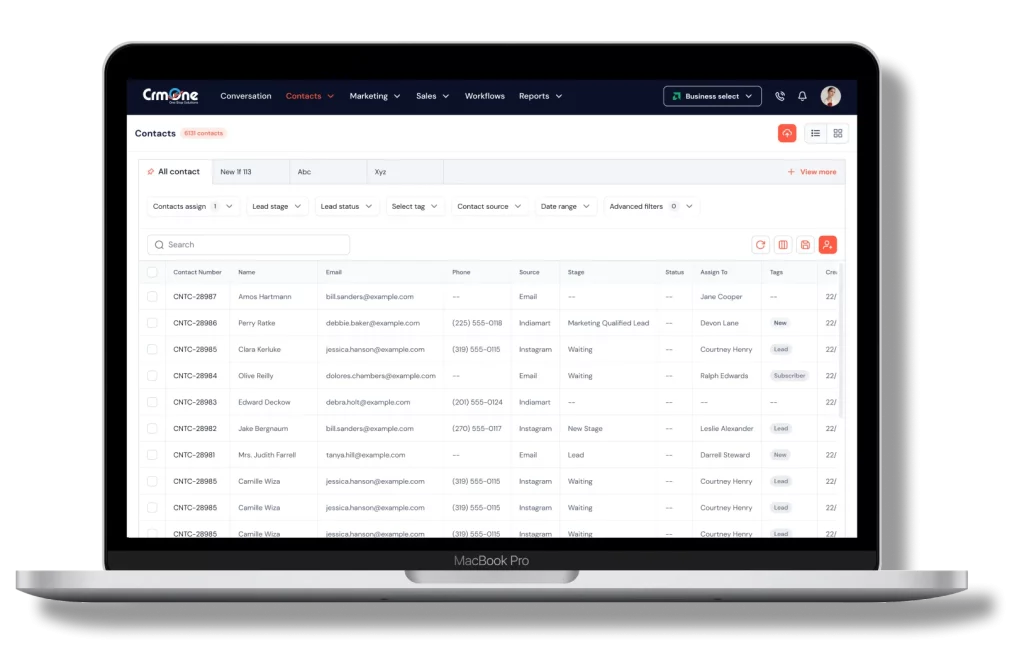
Email Automation and Marketing Statistics Marketers Should Know
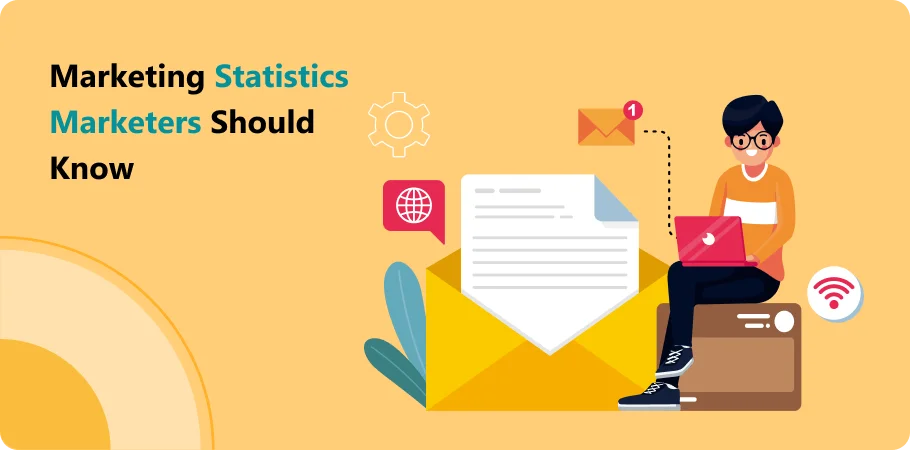
Email open rate, click-through rate (CTR), email automation adoption, lead nurturing impact, revenue from email marketing, personalization impact, mobile optimization, automated welcome emails, abandoned cart recovery, and segmentation effectiveness.
Understanding these email automation and marketing statistics can help marketers make informed decisions when planning and executing their email campaigns. By leveraging automation, personalization, and data-driven valuable insights, businesses can level up the effectiveness of their email marketing initiatives and drive better results.
Leveraging Automation for Customer Retention
By leveraging customer data effectively, businesses can categorize their existing customers based on behavior, preferences, and past purchases. This segmentation enables the delivery of personalized emails with tailored recommendations or exclusive offers, ensuring that each customer remains engaged.
Automated email marketing workflow, such as personalized welcome messages or reminders for inactive customers, is pivotal in nurturing customer relationships without manual effort. By suggesting additional products or upgrades based on past purchases, automation enriches the customer experience and promotes repeat purchases. Furthermore, automated emails featuring special deals or loyalty rewards make customers feel valued, fostering client engagement and loyalty.
Moreover, automation extends to streamlining customer support processes, where chatbots or automated systems provide quick responses to queries. This proactive approach to addressing customer needs and offering relevant suggestions further enhances customer satisfaction and strengthens long-term loyalty. Businesses can optimize the customer journey, drive customer involvement, and achieve tremendous customer success through these automated initiatives.
Designing Personalized Email Workflows
Designing a personalized email automation workflow involves crafting customized email messages tailored to each recipient’s interests and needs. It’s akin to conversing with a friend, aiming for a personal and relevant touch. Understanding your audience is vital, as is segmenting them based on demographics, past interactions, or preferences. By doing that, you can send targeted messages that resonate with their interests.
For example, if a customer previously bought a handbag from your online store, you could send them personalized recommendations for similar products. Similarly, welcoming new subscribers with a unique discount code or reminding event registrants about the upcoming event can enhance engagement.
The essence lies in making each email feel like a unique interaction, aligning with your business objectives and strategic initiatives. By incorporating personalized email messages into your workflow, you can nurture leads, drive conversions, and achieve overall business goals. This approach fosters more robust customer engagement and creates prime opportunities for re engagement workflow and further interaction.
Moreover, leveraging form submissions allows you to gather valuable insights about your audience’s preferences and interests. Integrating this data into workflows enables you to tailor messages more effectively, ensuring that each communication serves a strategic purpose aligned with your overall business objectives.
Email Marketing Automation Workflows
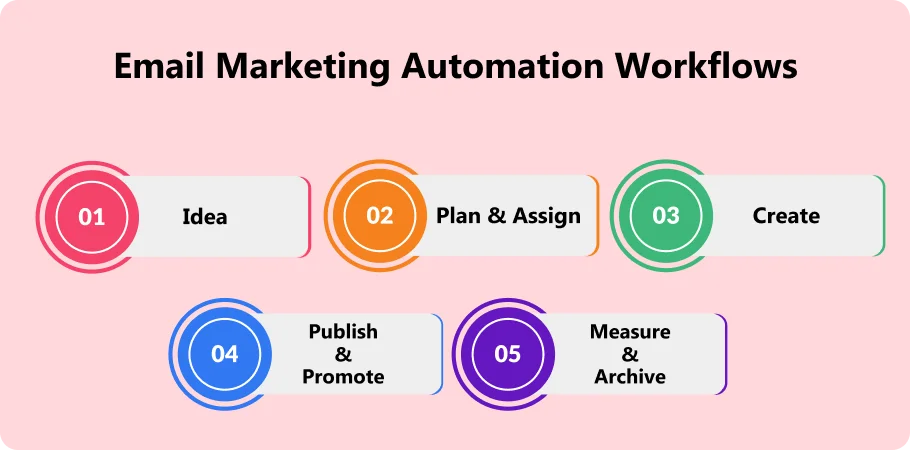
Creating effective email marketing Automation involves several vital steps to ensure your campaigns are well-planned, targeted, and optimized for success. Here’s a step-by-step guide on how to create effective email marketing Automation workflows:
- Define Your Goals: Start by identifying the goals you want to achieve with your email marketing campaigns. Whether it’s increasing sales, driving website traffic, or nurturing leads, clearly define what success looks like for your business.
- Understand Target Audience: Understand who you’re talking to and what they like, care about, and challenge with. It will help you create your email content and messaging to resonate with your subscribers and drive engagement.
- Segment Your Audience: Divide the email list into smaller segments based on demographics, behavior, or preferences. Segmentation allows you to send more focused, relevant, and appropriate content to different groups of subscribers, increasing the likelihood of conversion.
- Design Personalized Content: Make personalized email content that speaks directly to your audience’s needs and interests. Use dynamic, relevant content, merge tags, and personalization tokens to customize your emails with each recipient’s name, location, or past interactions.
- Set Trigger Points: Identify specific workflow trigger points or actions to initiate your email workflow. These triggers could include subscribing to your email list, purchasing, or abandoning a cart on your website.
- Map Out Your Workflow: Outline the sequence of emails and actions that will occur in your workflow. Determine each email’s timing, content, and objectives in the sequence, ensuring that they align with your overall marketing strategy and goals.
- Automate Your Workflows: Use an email marketing automation platform to set up and automate your workflows. Choose a platform that offers features like workflow builders, email templates, and performance tracking to streamline the process.
- Test and Optimize: Test and optimize your email automation workflows to improve performance and drive better results. Try out different subject lines, email styles, and sending times to see what people like the most.
- Monitor Performance Metrics: Track key performance metrics such as open rates, (CTR) click-through rates, conversion rates, and ROI to measure the effectiveness of your workflows. Use these insights to refine your strategies and make data-driven decisions.
- Iterate and Improve: Feel free to iterate and improve your workflows based on what you learn from your data and analytics. Be adaptable in changing your plans to serve your audience better and reach your objectives.
Optimizing Email Marketing Strategies
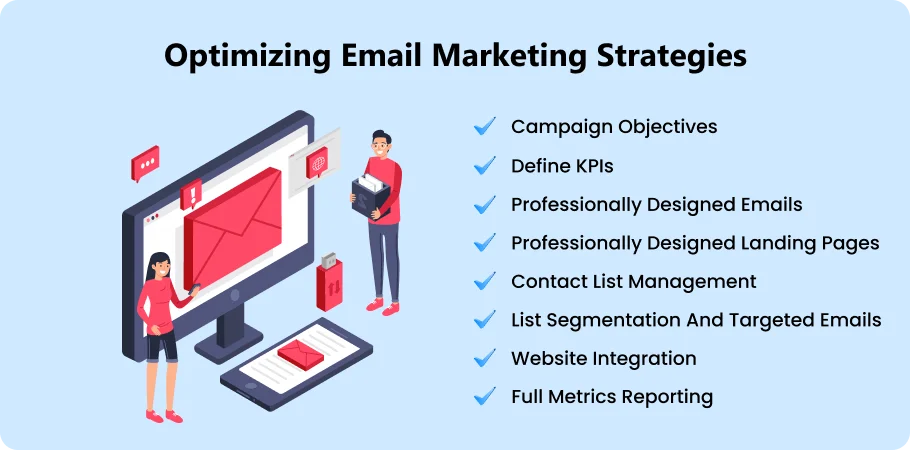
Nurturing Leads with Drip Campaigns
Drip campaigns are an excellent tool for nurturing leads over time. By delivering a series of automated emails at predetermined intervals, businesses can keep prospects engaged and gradually guide them toward conversion, all while minimizing manual effort. These campaigns are essential components of personalized marketing campaigns and effective email campaigns, as they allow businesses to tailor their messaging to individual recipients and deliver content to the public based on their interests and behaviors.
Split Testing for Optimization
Split testing, or A/B testing, is essential for optimizing email marketing campaigns. By testing elements such as CTAs, subject lines, and content variations, marketers can identify what resonates best with their audience and continuously refine their strategies for optimal results.
Future Trends and Innovations in Email Automation
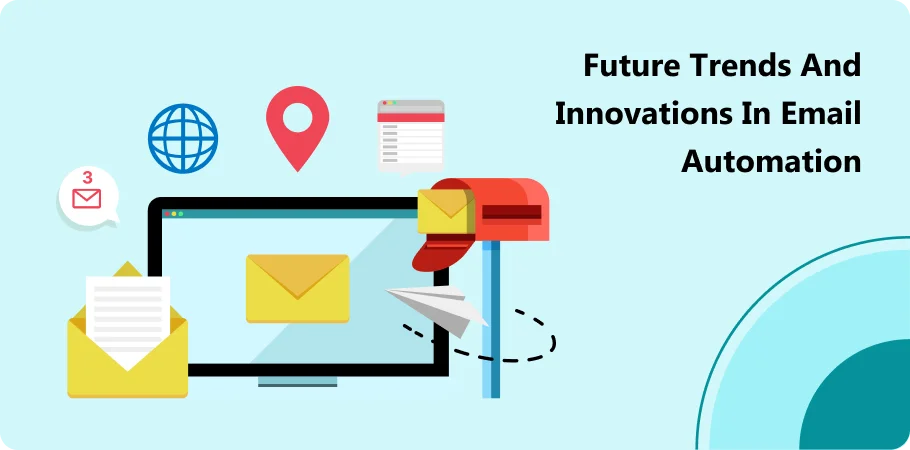
In the world of email automation, new ideas and improvements are constantly popping up. One cool thing is that computers are getting good at figuring out what people like so that emails can be personalized. Another trend is making emails more interactive, like adding fun surveys or countdowns. Also, companies use data to predict what people might do next and send emails that match.
Automation isn’t just for emails anymore—it’s spreading to other places like social media. People also think more about fairness and following the rules when sending emails. And they’re exploring how to use new gadgets, like smart devices, to make emails even more personal. Overall, it’s an exciting time for email workflow solutions, with many new ideas and improvements on the horizon.
Conclusion
In conclusion, mastering email automation is pivotal for modern businesses seeking efficient, personalized communication strategies. Utilizing robust email automation tools like CrmOne empowers organizations to streamline their business processes, saving valuable time and resources while maximizing customer engagement. By implementing automated email workflows, businesses can effortlessly deliver tailored content, such as welcome emails, enhancing customer experiences and driving meaningful interactions.
Moreover, tracking key performance indicators enables firms to check the effectiveness of their email campaigns and optimize strategies accordingly. With features like form submission integration and prime workflow opportunities, businesses can capitalize on every interaction to nurture leads and drive conversions. Ultimately, email automation revolutionizes marketing efforts and fosters long-term success by delivering measurable results and facilitating continuous improvement.
Get started for Free
Start for free today. Boost your sales by clicking the Get Started button. With CrmOne, you can manage leads, sales, and customer service all in one place.
